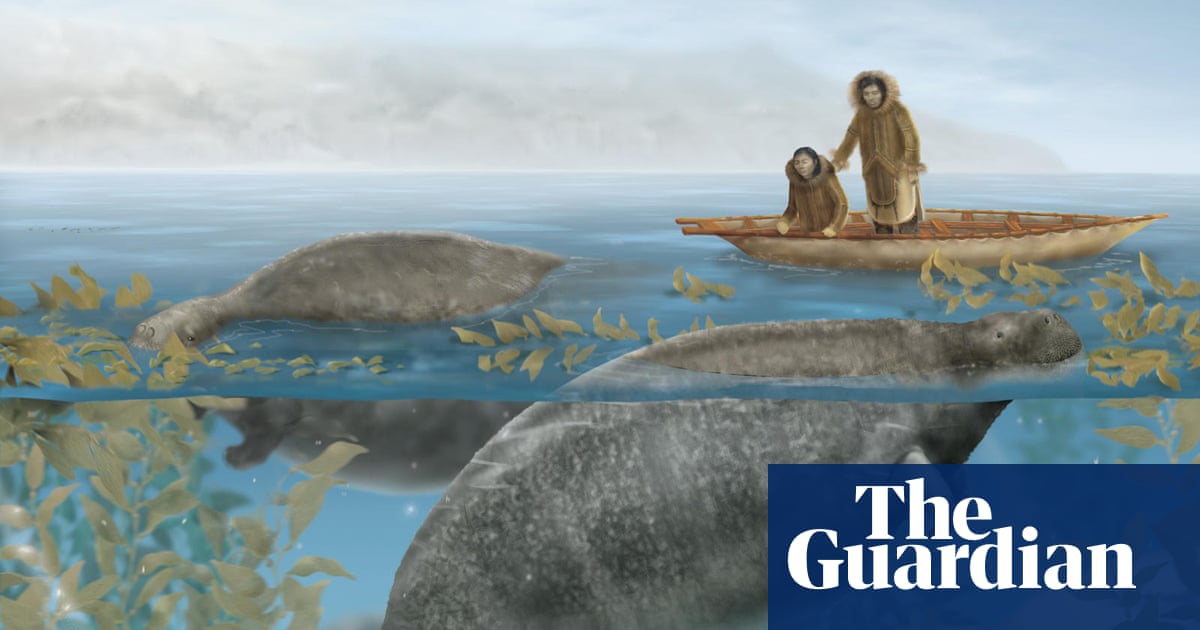#extinction
#extinction
[ follow ]
#superintelligence #stellers-sea-cow #paleontology #wildlife-conservation #dinosaurs #ecology #wildlife
fromBig Think
2 months agoIf humans went extinct, could we re-evolve?
Roughly 136,000 years ago, its ancestors - white-throated rails from Madagascar - flew to Aldabra and found a predator-free paradise; no sharp-toothed prowlers or featherless bipeds with pointy sticks. And so, the rails evolved into flightless versions. Why waste effort and energy on flying when there's no point? Then came a catastrophic flood. The island went underwater. The rails couldn't fly, and they couldn't swim. They went extinct.
Philosophy
fromPsychology Today
3 months agoWhy AI Won't (Plausibly) Kill Everyone
A new book about AI has a provocative title: If Anyone Builds It, Everyone Dies: Why Superhuman AI Would Kill Us All. Eliezer Yudkowsky and Nate Soares argue that the development of artificial intelligence that exceeds human intelligence will almost certainly lead to the extinction of our species. How plausible is the scenario that they think will lead to the death of all people?
Artificial intelligence
fromwww.theguardian.com
6 months agoA billionaire will pay a lot of money to shoot a recreated being': historian Sadiah Qureshi on extinction and empire
The very idea of de-extinction raises profound questions about the meaning of extinction and how we treat life, whether living, endangered, dead or extinct.
Science
[ Load more ]


